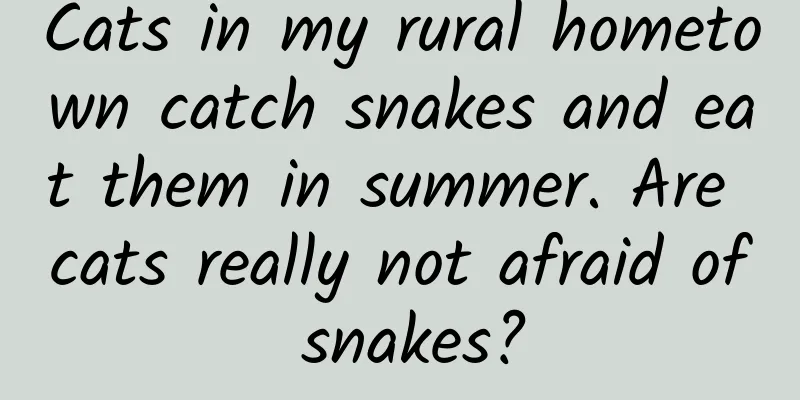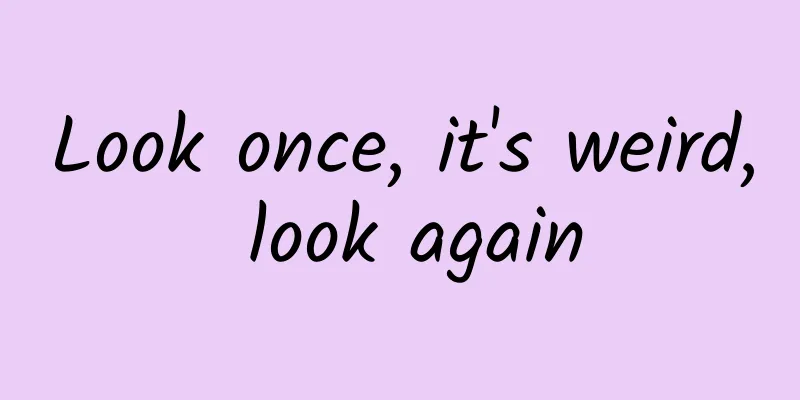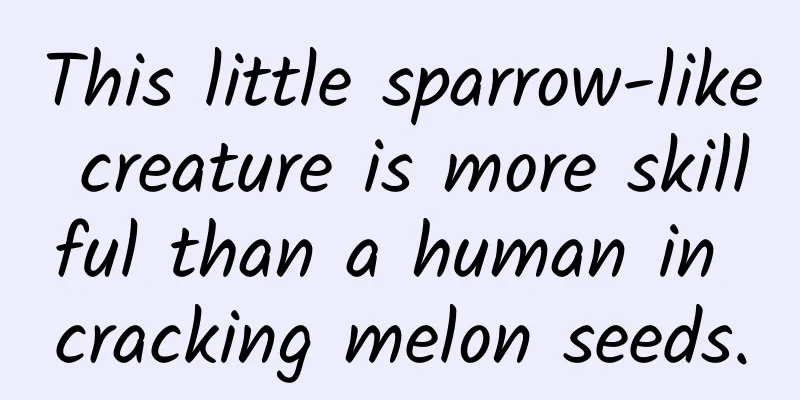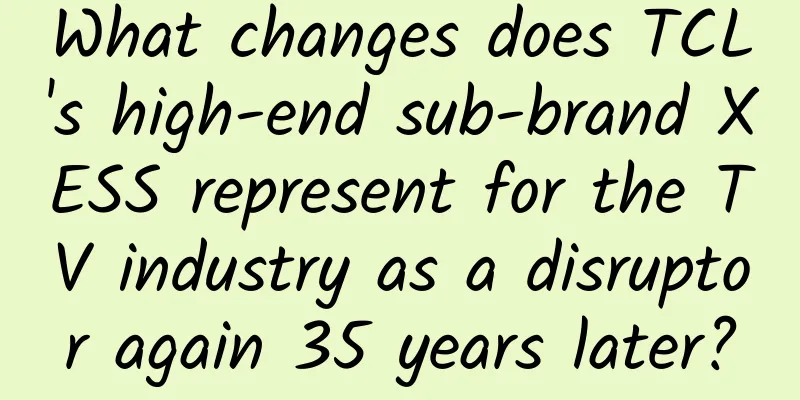How to do hunger marketing? Which level are you at?

|
What is hunger marketing ? The real hunger marketing is to create an invisible battlefield behind the limited supply. Only when the competition for users is fierce enough can good enough results be achieved. So how many levels are there in hunger marketing? Which level have you reached? There is a term in marketing called: hunger marketing. You must know. He may have also planned a hunger marketing campaign, but the effect...maybe not as good as Jobs' . However, let’s not talk about the case first. I would like to ask you a question: What is the method of hunger marketing? I guess you got it right, the answer is: hunger. Limited supply makes users hungry. Okay, let me ask you a second question: Does hunger marketing = limited supply? This... seems a little wrong. That's right, because no matter whether it is a big company or a small company, their hunger marketing plans all talk about limited supply. That’s not right, because the supply is obviously limited, and even the plan is copied from others, but the marketing effect is different. So, what lies behind the problem? Today, I’m going to talk to you about this: Real hunger marketing actually creates an invisible battlefield behind limited supply. This invisible battlefield is the key point that most people don’t get. The first level of hunger marketingBefore talking about the battlefield, it is necessary to think about a question: Why does hunger marketing require limited supply? Or, to put it another way: Why are people buying more crazier the more limited a product is? This is because of the scarcity effect. In layman's terms, the scarcity effect is a psychological phenomenon that rare things are more valuable. In 1975, social psychologist Stephen Worchel and his colleagues Lee and Adewole conducted an experiment. The experiment is simple:
The experimental results were in line with expectations. Just as scarcity makes things more valuable, when the participants saw that there were only two cookies in the jar, they gave higher ratings after tasting them. Cookies that are in smaller quantities make people want more and seem more expensive. This is the scarcity effect. The rarer and more valuable an opportunity is, the higher its value and the more attractive it is. Therefore, when a product is supplied in limited quantities, it can increase consumers' perception of the product's value and also increase the product's attractiveness. So far, this is what most of us understand as hunger marketing. The second level of hunger marketingHowever, hunger marketing is more than that. The cookie experiment mentioned above has not yet ended, and the second round has begun. This time, there are also two groups of participants. One group sampled cookies from a jar containing 10, and the other group sampled cookies from a jar containing 2. However, before they had a chance to take a bite, the experimenter took it back and gave them another piece from another jar - that is, the participants saw two cookie jars, and the one they saw first and the one they ate later were not the same jar. The first group first saw the cookies with abundant supply and then ate the cookies with limited supply. The second group was the opposite. They first saw the cookies with limited supply and then ate the cookies with abundant supply. Guess which group of participants gave a higher rating? The answer is: the first group of people. And they rated the cookies even higher than those who had eaten a smaller amount in the first round of the experiment. When a product goes from being plentiful to being scarce, people react more positively than when the supply remains scarce. This means that a product that has just become scarce is more attractive than a product that has always been scarce. Things that are lost again appear to be more valuable and more attractive. This is the second level of hunger marketing. Only a few people understand it, so the effect of their hunger marketing activities will be better than that of ordinary people. The third level of hunger marketingBut there is more than that, there is a third layer. Let’s move on to the cookie experiment. It has to be said that Wachter's experiment was very carefully designed. In fact, in the previous round of experiments, when the participants in the first group were told that they would be switching to a smaller jar of cookies, the notification they heard was different.
The results showed that the latter gave higher evaluations. That is, the appeal of cookies is highest when we find someone trying to compete with us. Things that are gained and then lost due to competition appear to have the highest value and the greatest appeal. This is the third level of hunger marketing, and it is also the true meaning of hunger marketing. Very few people understand it, so the key to their hunger marketing is not more or less, but to create competition. The real hunger marketing is to create an invisible battlefield behind the limited supply. Only when the competition for users is fierce enough can good enough results be achieved. If you look at other people’s hunger marketing campaigns that are ineffective, it must be because they only knew how to limit the quantity, but failed to design a picture or feeling that would make users compete with each other . Case StudyAfter reading this, I guess you have been touched a lot. Next, let’s find a case and look again at how hunger marketing can be implemented. In the book "Influence", there is a story about selling a used car :
This is to take advantage of the limited nature of resources to create competition among users. Summarize
Finally, let’s summarize today’s article: (1) Does hunger marketing = limited supply? The real hunger marketing is to create an invisible battlefield behind the limited supply. Only when the competition for users is fierce enough can good enough results be achieved. (2) Three levels of hunger marketing.
This article was compiled and published by @康熙师爷 (Qinggua Media). Please indicate the author information and source when reprinting! Product promotion services: APP promotion services, advertising platform, Longyou Games |
>>: Analysis of advertising in the education and training industry from March to May
Recommend
The truth behind the new Macbook Pro's battery life is revealed: The conclusion is speechless
Not long ago, Apple began to urgently recruit eng...
Young people, have you watched the "News Broadcast"? This is an awesome IP!
Judging from the major trends this year, one phen...
With these three things on, your content can be as sexy as an influencer!
"Life is short, you must be sexy", in f...
More than half of people don't know they have diabetes! Be alert if you have these symptoms
World Diabetes Day is celebrated on November 14th...
How to plan a low-cost and efficient fan-increasing activity?
If a WeChat public account wants to quickly incre...
A complete analysis of MINISO's private domain
Since its establishment in 2013, MINISO has alway...
How long is the fatigue period of daily specials? Does the store have a fatigue period?
If a merchant's products are constantly parti...
From a product perspective, how to write 10W+ high-quality articles
Nowadays, public accounts have become one of the ...
A conversation with rice breeder Li Ping: Increased yield, high temperature resistance, customization... the story of the birth of "Very Rice"
my country's rice breeding has always been at...
What is the best JavaScript framework for mobile and desktop applications in 2021?
This article is reproduced from the public accoun...
How to promote WeChat official accounts and attract fans? How to accurately direct traffic to WeChat official accounts?
Before we knew it, WeChat official accounts have ...
Liu Heng's "Passing Yin Yang Golden Lock Jade Gate Feng Shui Internal Course"
Liu Heng's "Passing Yin Yang Golden Lock...
SEM bidding promotion account building
Paid bidding promotion has always been an importa...
50 marketing models that planners must have in 2022
I have the model in hand and the idea. If you don...
JD.com’s 6.18 event has lasted for a month. What operational weapons does it have?
When you think of June 18, 2017, what’s the first...









